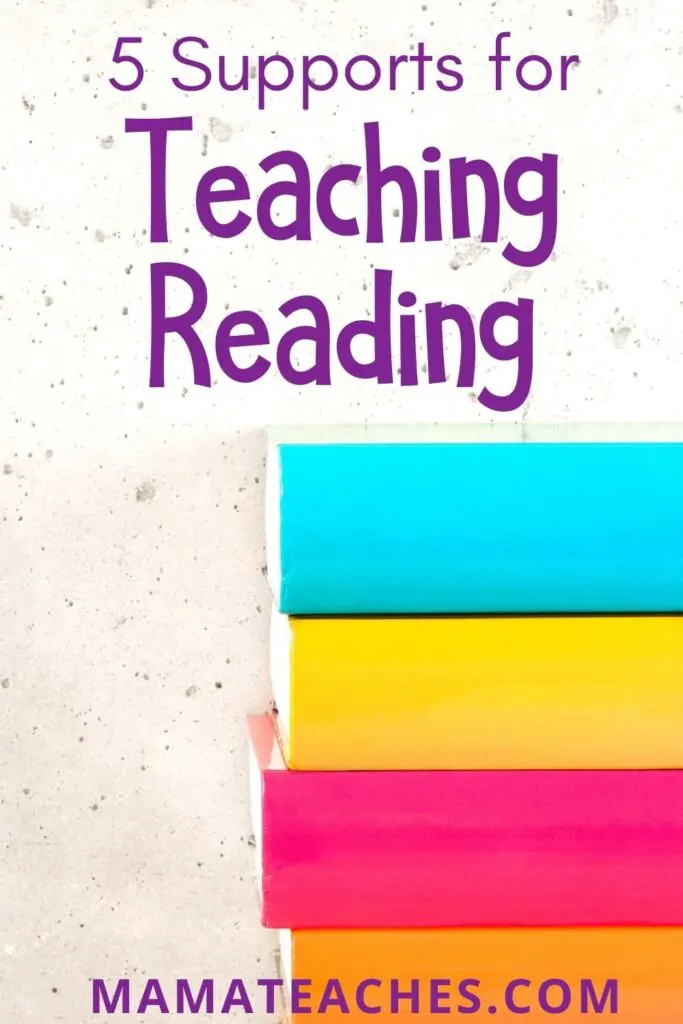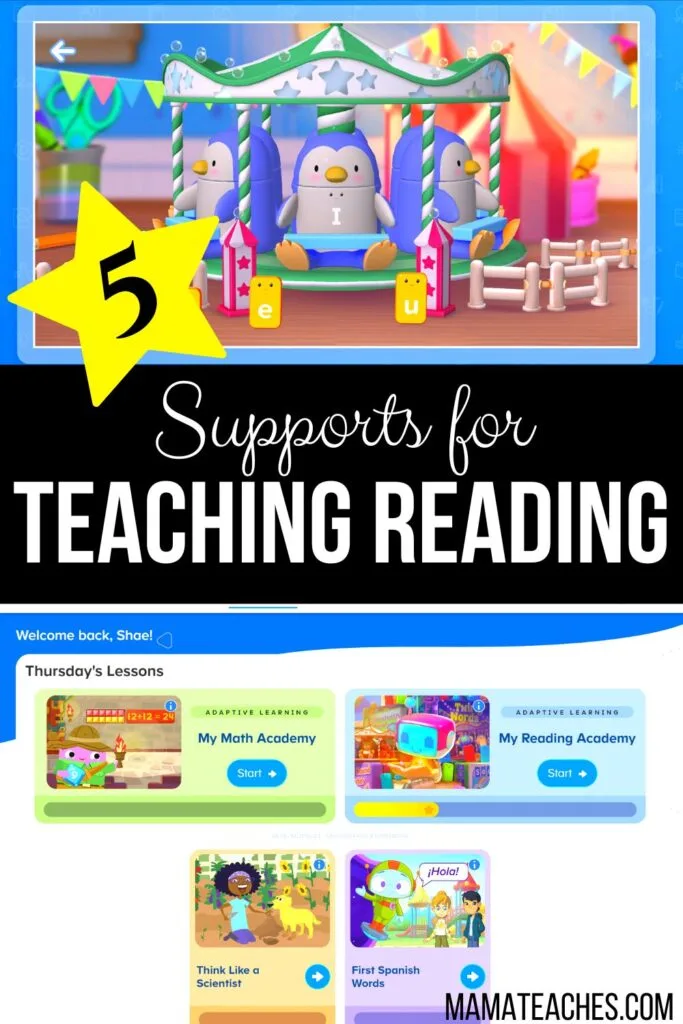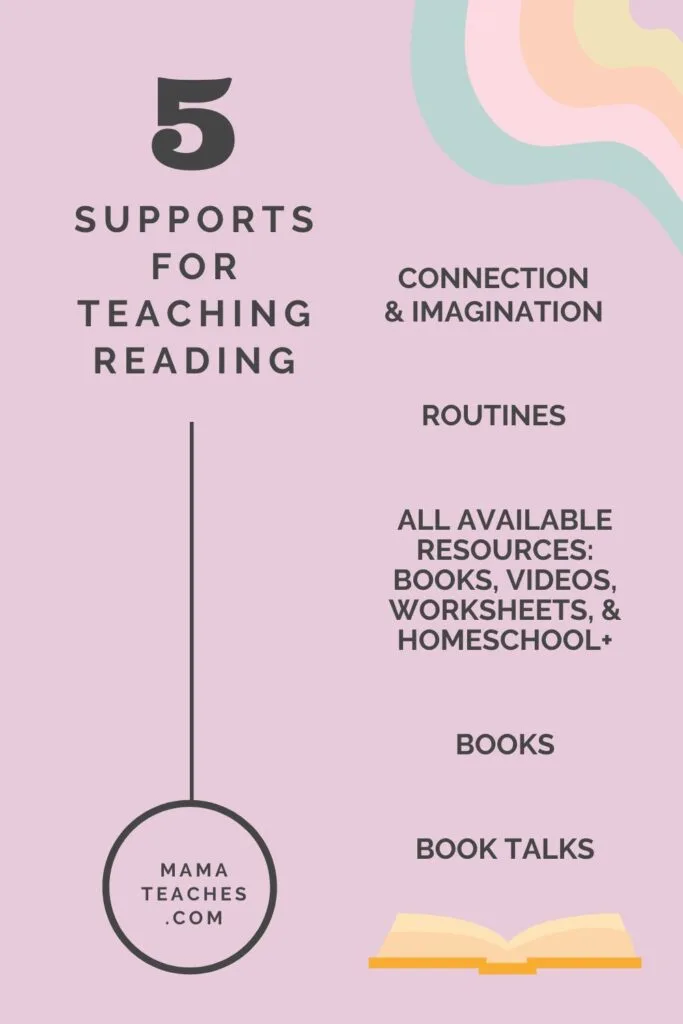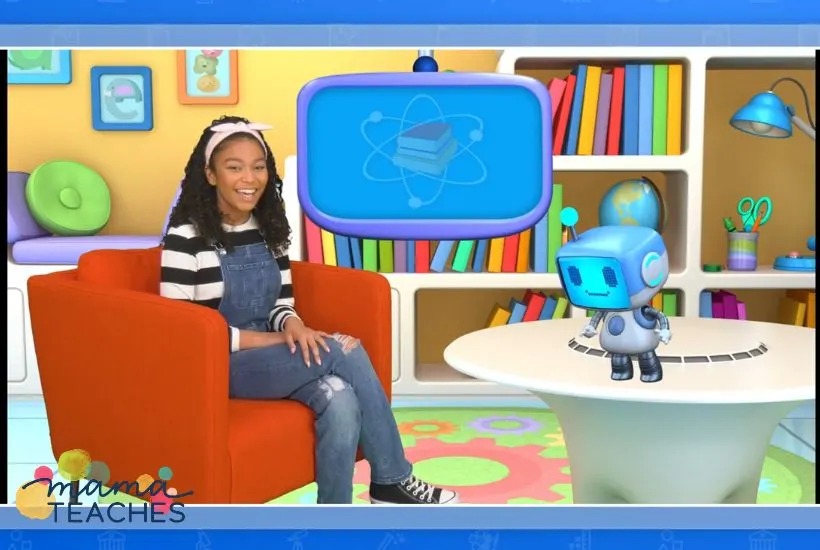Are you a teacher or homeschooler who wants to help your young readers become better learners?
Teaching reading can be challenging, but with the right supports in place, it doesn’t have to be daunting.
In this blog post, we’ll discuss five essential supports for teaching reading that will enable you and your students to find success.
From helpful tools like technology and audiobooks to strategies such as visual manipulatives and games – take note of the tips provided!
We’ll answer some common questions about how these resources can assist both teachers and students alike during their reading adventures!
Disclosure: I was compensated for my time writing this article. All opinions are my own.
Connection and Imagination are Key
Help children to connect with characters in stories and use their imagination.
As a parent or teacher, helping children to connect with characters in stories and use their imagination is an incredibly rewarding experience.
With the right supports and activities, you can make reading an engaging activity for younger readers that encourages them to use their creativity.
From acting out scenes with props to drawing pictures of the characters they meet, supporting students as they become part of a story’s world will create a passion for learning and let them express themselves.
With some guidance, your little reader can soon dive into books and build up new skills as they go on thrilling literary adventures!

Routines are a Must
Set a daily reading routine and make it fun by playing games or using props.
Setting up a daily reading routine is a great way to help young readers develop their literacy skills, and can be made even more enjoyable with creative ideas!
It’s also an easy way to help you, as the teacher, get into a habit of teaching reading creatively!
Games are an excellent way to help young ones stay engaged while they practice reading.
Reading word puzzles and other interactive activities can help them learn the basics of phonics in a fun way while building the knowledge foundation needed for more challenging advanced texts.
Similarly, pairing stories with props like dolls and toys can make the activity engaging, allowing children to explore their creativity as well as stay engaged for longer periods of time.
Creating a fun learning environment, both physical and emotional, will further encourage your little reader’s development.
Use All Available Resources
Use resources like books, worksheets, and videos to help build reading skills.
When teaching reading to young readers, there are many different resources you can use to help build their skills.
Books
Books are a great way to engage children in learning about language and structure.
Worksheets
Worksheets help children practice their phonemic awareness and increase fluency. For children who love worksheets and workbooks (that was all three of mine!), this can be a valuable tool and reading support!
Videos
Videos can provide fun visual aids to support the learning process. Always be sure to screen them first, as they may contain content that you’re not keen on your child seeing!

Homeschool+
Technology-based curriculums like Homeschool+ can entertain while teaching the foundations for strong reading skills.
In fact, Homeschool+ is one of our favorites for reading support as it is designed to take beginning readers all the way through to full comprehension and mastery through 2nd grade.
The Homeschool+ math and reading curriculums truly adapt to each child’s skill level and consistently and accurately puts the most appropriate reading and math content in front of the child each time they visit and interact with the software.
As a homeschool mom and former classroom teacher who has a lot of experience with young readers, seeing the adaptability of the Homeschool+ math and reading curriculum is a game-changer.
Not only does it promote reading success in a fun and engaging way, but it has the ability to really pinpoint what it is each child needs to be successful at that moment in time.
I also love that the reporting shows what the child has mastered – not just what they have completed. If you have used any kind of tech-based program, you know that the majority of the time, what a child has completed is definitely not what they have mastered!
While Homeschool+ has a robust reading program, they offer a full array of subjects and supports. From a full math program that complements the reading program in terms of robust lessons with an emphasis on just-right activities based on a child’s needs to 12 individual courses that range from general studies to art and the sciences.
They also offer a lesson planner, progress reports, and tools that will specifically help homeschool parents customize the programs to fit their child’s needs. As a reading support, not to mention a must-have for any homeschool, it is outstanding.

Reading Needs Books
Make sure your child has access to plenty of books on different topics.
Having access to lots of books is critical for providing your child with a strong foundation in reading.
Make sure your child has an array of books on all kinds of topics, from stories and fiction to history and science.
Varying the types of books they can read helps keep them interested and motivated to continue learning.
Don’t forget that audiobooks count for reading, too, so be sure to download or borrow a few for your child to listen to!
Interested in getting some new books? Check out your local library or go online to order them – both are great places to find a variety of topics in print and digital format!
Book Talks Support Reading
Have conversations with your child about what they are reading and relate the material back to their own life experiences.
Encouraging your young reader to discuss the material they are reading can help foster a love of language and literature.
Ask them questions about what they’re reading and engage in conversations by connecting them back to events in their own lives.
Doing this allows young readers to dive deeper into the material, allowing personal reflections that bring them closer to the characters or plotlines they’re exploring.
You may also be surprised by how much your child’s understanding of a situation improves when you relate it back to something that happened to you or someone you know, showing them how books could provide insight into life’s own challenges.
With conversation as part of your child’s reading toolbox, enjoy seeing those connections come to light!

Reading Supports Worth Using
Reading is a lifelong skill that can help children explore different worlds, develop empathy, and think deeply.
By taking the time to create a supportive environment for reading, you are investing in your child’s future educational success.
Encourage creativity with stories and games, and allow your child to express their unique interests within academics.
Help them draw connections between what they are reading and everyday life experiences or current events so that they can begin making meaningful connections.
As our world continues to evolve and change, it’s important to ensure our young readers have access to the tools they need to feel confident in their literacy skills both online (like with Homeschool+) and offline (through worksheets and books).
With these strategies in mind, you can ensure your child will be equipped with the knowledge and resources needed to succeed as a reader.

